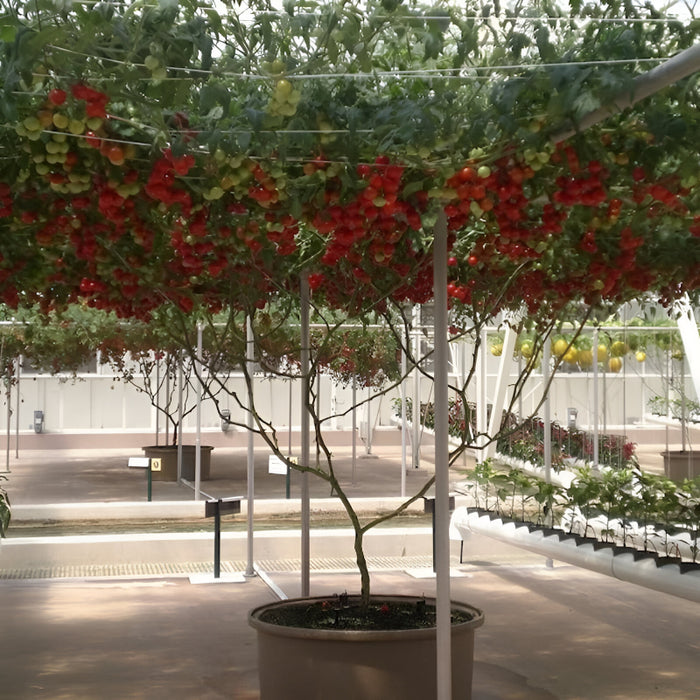
Tomato Tree Seeds
Save 44%
Original price
$140.00
Original price
$140.00
-
Original price
$140.00
Original price
$140.00
Current price
$78.19
$78.19
-
$78.19
Current price
$78.19
Elevate your gardening experience and culinary creations with these exceptional Tomato Bulk Seeds. Known for their rich flavor and versatility in the kitchen, these tomatoes are a gardener's dream. To cultivate the magic, sow the seeds outdoors after the last frost or get an early start by planting them indoors weeks before the frost bids adieu.
Details:
- Color: Produces vibrant red fruits with a glossy finish.
- Plant Seeds: Sow outdoors after frost or start indoors several weeks before the final frost.
- Harvest: Fruits are ready to pick approximately 85 days from planting.
- Plant Height: Grows into a tall vine reaching up to 20–30 feet when supported.
- Plant Spacing: Requires 36–48 inches between plants for adequate air circulation.
- Light Requirements: Thrives in full sun exposure throughout the growing season.
- Soil And Water Preferences: Prefers well-drained soil with consistent moisture levels.
- Quantity: Comes in 1 ounce, estimated to contain around 9,500 seeds; quantity by weight.

